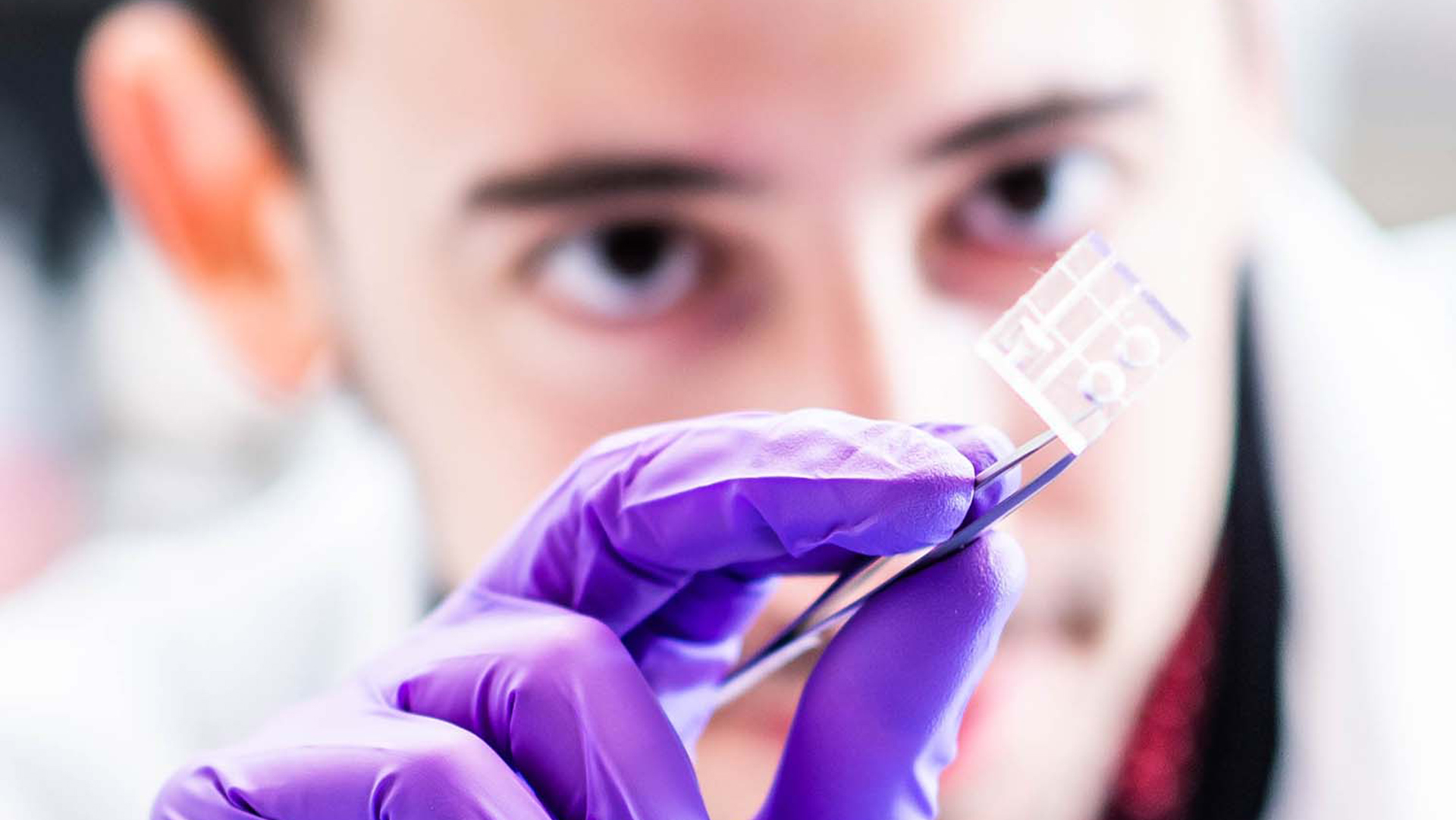 CELL-MET engineers miniature living heart chamber
CELL-MET engineers miniature living heart chamber
There’s no safe way to get a close-up view of the human heart as it goes about its work: you can’t just pop it out, take a look, then slot it back in. Scientists have tried different ways to get around this fundamental problem: they’ve hooked up cadaver hearts to machines to make them pump again, attached lab-grown heart tissues to springs to watch them expand and contract. Each approach has its flaws: reanimated hearts can only beat for a few hours; springs can’t replicate the forces at work on the real muscle. But getting a better understanding of this vital organ is urgent: in America, someone dies of heart disease every 36 seconds, according to the Centers for Disease Control and Prevention.
Now, an interdisciplinary team of engineers, biologists, and geneticists has developed a new way of studying the heart: they’ve built a miniature replica of a heart chamber from a combination of nanoengineered parts and human heart tissue. There are no springs or external power sources—like the real thing, it just beats by itself, driven by the live heart tissue grown from stem cells. The device could give researchers a more accurate view of how the organ works, allowing them to track how the heart grows in the embryo, study the impact of disease, and test the potential effectiveness and side effects of new treatments—all at zero risk to patients and without leaving a lab.
The Boston University–led team behind the gadget—nicknamed miniPUMP, and officially known as the cardiac miniaturized Precision-enabled Unidirectional Microfluidic Pump—says the technology could also pave the way for building lab-based versions of other organs, from lungs to kidneys. Their findings have been published in Science Advances.
Location
Boston, MassachusettsStart Year
Biotechnology and Healthcare
Biotechnology and Healthcare
Lead Institution
Core Partners
Fact Sheet
 CELL-MET engineers miniature living heart chamber
CELL-MET engineers miniature living heart chamber
Location
Boston, MassachusettsStart Year
Biotechnology and Healthcare
Biotechnology and Healthcare
Lead Institution
Core Partners
Fact Sheet
There’s no safe way to get a close-up view of the human heart as it goes about its work: you can’t just pop it out, take a look, then slot it back in. Scientists have tried different ways to get around this fundamental problem: they’ve hooked up cadaver hearts to machines to make them pump again, attached lab-grown heart tissues to springs to watch them expand and contract. Each approach has its flaws: reanimated hearts can only beat for a few hours; springs can’t replicate the forces at work on the real muscle. But getting a better understanding of this vital organ is urgent: in America, someone dies of heart disease every 36 seconds, according to the Centers for Disease Control and Prevention.
Now, an interdisciplinary team of engineers, biologists, and geneticists has developed a new way of studying the heart: they’ve built a miniature replica of a heart chamber from a combination of nanoengineered parts and human heart tissue. There are no springs or external power sources—like the real thing, it just beats by itself, driven by the live heart tissue grown from stem cells. The device could give researchers a more accurate view of how the organ works, allowing them to track how the heart grows in the embryo, study the impact of disease, and test the potential effectiveness and side effects of new treatments—all at zero risk to patients and without leaving a lab.
The Boston University–led team behind the gadget—nicknamed miniPUMP, and officially known as the cardiac miniaturized Precision-enabled Unidirectional Microfluidic Pump—says the technology could also pave the way for building lab-based versions of other organs, from lungs to kidneys. Their findings have been published in Science Advances.

